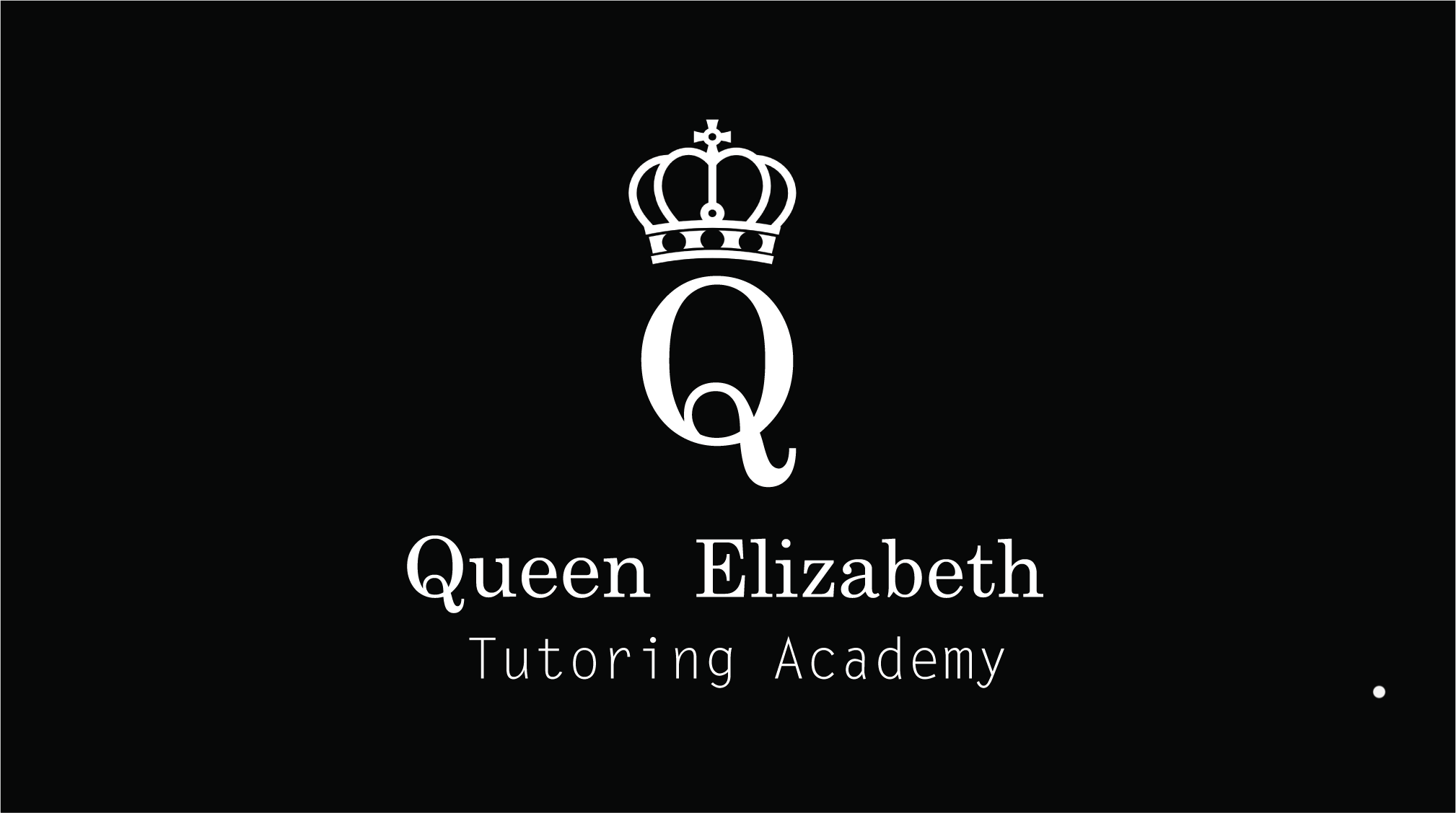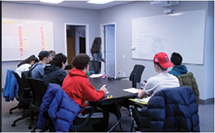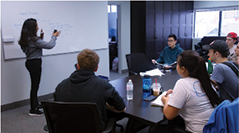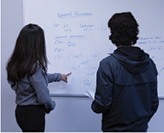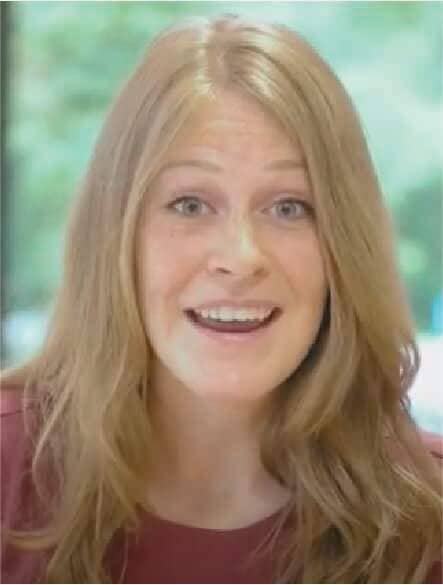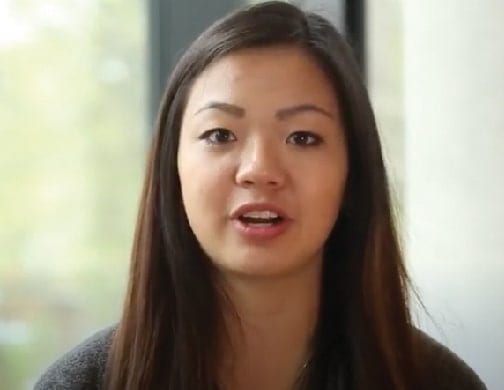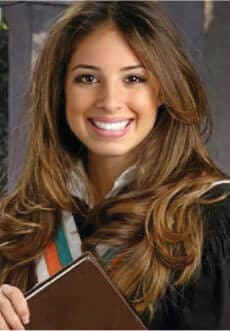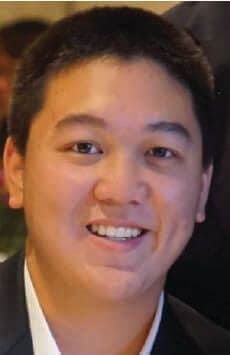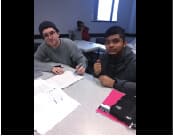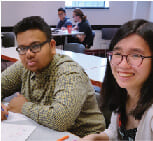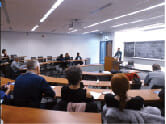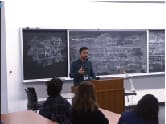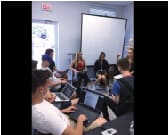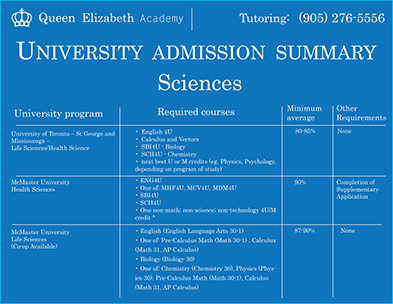Welcome to Queen Elizabeth Academy, providing SPH3U Physics grade 11, for you to excel at grade 11 Physics. Our course instructors and tutors have deep experience in SPH3U Course - Grade 11 Physics Course and Tutoring, for you to understand the concepts and be able to tackle application / thinking problems, which many students lose their marks.
- Describing motion
- Understanding vectors and scalars
- Calculate motion in one dimension involving velocity, acceleration, displacement
- Calculate two dimension kinematics problems involving velocity and displacement
- Understand motion graphs transforming from displacement, velocity to acceleration
- Understand the shapes of the graphs and describe the type of motion
- Understanding Newton's 3 law of motion
- Understanding force
- Calculate force under different scenarios using Newton's 3 laws
- Calculate force problems involving ramp
- Calculate force problems involving friction
- understanding force problems involving action - reaction force
- Understanding kinetic and potential energy
- Calculate problems involving potential energy and gravity
- Understanding heat transfer problems
- Understanding nuclear reaction and calculation
- Understanding sound equation and propagation of sound in air
- Characteristics of waves
- Transmission of waves
- Understanding open ended, closed ended instruments and related calculation
- Resonance
- Static and current electricity
- Understand and calculate variables in electric circuit
- kirchhoff's current law and kirchhoff's voltage law
- electromagnetism
- motors and generators
- transformers
- application of electromagnetism
